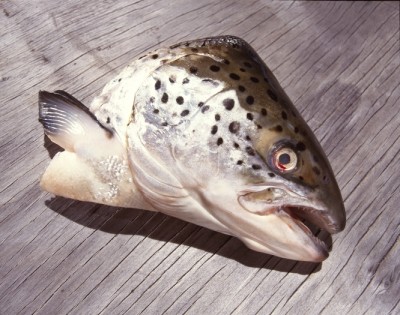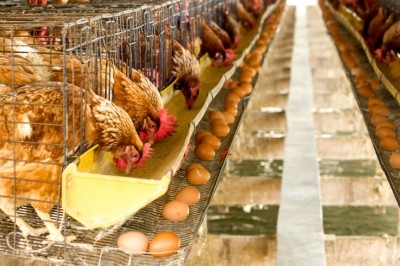Cargill’s omega-3-rich canola waits on deregulation

We caught up with Willie Loh, vice president of market development at Cargill, to hear more about the company’s ongoing project with BASF to develop and produce omega-3 oil from canola plants at the recent IFFO annual conference in Washington, DC.
The initial market for the DHA- and EPA-rich oil is intended to be aquafeed or aquaculture, said Loh.
“This is the first market because this is 75% of omega-3 users right here,” he said. “Because of our acquisition of EWOS we understand this market a little bit more now.”
Cargill acquired the salmon feed company EWOS in 2015. Commercialization for the plants is projected to come in 2020, said Cargill.
However, Loh said he does not see the product, which could offer an alternative ingredient to fish oil, as a disrupting element.
“One of the things I try to stress to this group – I’m not here to disrupt you guys, this industry is growing very fast, our job is to help it grow,” he said.
As the amount of fish being raised in farmed settings expands there will be a larger amount of EPA and DHA-rich products needed, he said. “The truth is, if this industry grows at the rate they’re projecting we’re going to be trying to keep up,” he added.
Work with omega-3 canola
Some feeding trials have been run looking at the use of the generated oil, said Loh. It has been used to replace the fish oil in a salmon diet.
In that feeding trial, the test feed reportedly maintained growth rate, the level of omega-3 fatty acids found in the fish tissue and fish health, he said.
The meal generated is expected to have slight if any presence of omega-3s, he said. But it should be suitable for use in animal feed like that used for cattle.
Although some feeding trials have been conducted, the product is not ready for commercial production at this point, said Loh. Both the oil and the by-product meal have to be de-regulated first as the canola is a biotech or GMO plant.
A final concentration of DHA and EPA levels in the oil is not yet clear, he said. Work also is being done to improve the yield of the canola plants.
“Cargill will not produce or commercialize a genetically optimized crop in a country until relevant regulatory authorities have verified the safety data and given their approval,” said Loh. “As a global supplier of grain, Cargill is very careful to ensure that existing grain flows will not be disrupted by omega-3 canola seed.”
The company is working with a closed-loop production system for the canola plant, he said. Cargill is planning to manage every part of the production process from planting through transport of the generated oil.
Aquaculture sector involvement
The oil is being developed for the aquafeed market, but market efforts are not set to be focused on areas where biotech plants face pushback, said Loh.
“The rest of the world where aquaculture is growing are using other gm ingredients already we don’t expect any strong reaction to this,” he added.
“We’re not apologizing for the science here, we think this is an incredibly sustainable solution,” he said. “I’ve met with people who have had concerns, I reach out and say this is what I’m doing, we may disagree but we can usually agree that we’re both concerned about sustainability – that’s common ground for us.”
The fish oil alternative product is not expected to replace fish oil entirely, but to offer another option to producers, said Loh. The product may be a way to help ease ingredient constraints.
“I don’t expect that I’m taking business from people,” he said.
However, the plant-based oil should be easy to use for producers as it does not require different management than another oil used in feed generation, he said.
“I think we’re going to be hard pressed just to keep up with the growth of the industry,” he said. “There are 950,000 to a million tons of fish oil and they want to grow at 5% [annually] – that means every year there is 50,000 tons more.”











